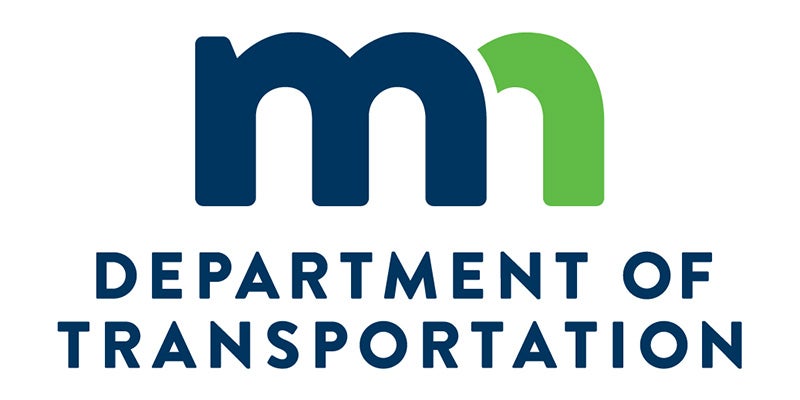City weighs options for flood prevention
Published 7:23 am Tuesday, February 2, 2010
City council is beginning to get a little more specific on what they’d like to do to prevent Main Street from flooding along the Mill Pond.
On Monday, council heard from city engineer Jon Erichson, who broke down four separate project possibilities. Two of them include solid walls, while two include “invisible walls” that would be filled in with planks if a flood was imminent.
Erichson said he would prefer an invisible wall combined with a road raise on Main Street, meaning the wall in fact would be the shortest of the four choices and would leave the best sightlines to the Mill Pond. However, this would also be the most expensive, costing a little more than $2.1 million.
The engineer said he favors the invisible wall because it not only leaves the best view, but it also is the safest measure, since crime and vandalism likely would be more prevalent in a dark area behind a large, solid wall, Erichson said.
And to address possible concerns people could have with the city having to essentially build the wall up everytime the water rose, Erichson said his staff would be drilled regularly and would take all flood threats seriously.
“We would overreact,” he said.
Council generally agreed with Erichson’s assessment, with a majority saying they supported the invisible wall with a road raise. Despite the higher price tag, council members said they just wanted to get the project right.
“Even if it’s more expensive, we have to think long-term,” councilwoman Janet Anderson said.
Added Erichson, “Whatever we do, we need to make sure we get it right.”
However, councilman Brian McAlister said council should consider the cost savings of a more simple solid wall, especially in light of the state’s dire budget situation, which could dramatically affect Austin. McAlister also said aesthetic concerns over a solid wall were being overblown.
“You drive by the wall so quickly (on Main Street), who cares if it’s solid,” he said.
Whatever is decided upon will still need to be funded, and how that will be done is not entirely clear at this point.
The wall is part of a bigger group of projects that are slated to cost roughly $9 million. Erichson said the city has committed $3.75 million from its local-option sales tax program, which was created specifically for flood mitigation, toward that figure. Another $3 million came via a Minnesota Department of Natural Resources grant.
However, the last chunk of funding has not been secured. The city has been trying to obtain a $2.5 million federal grant, but to date, no funds have come Austin’s way.
If the federal grant falls through, Erichson said the city may use funds obtained via the state’s bonding bill for the wall project. The city is requesting $3.75 million from the Legislature for a number of other flood projects. The 2010 legislative session kicks off this week, but it is unclear when the bonding bill will go through.
Ultimately, Erichson said his department’s goal is to break ground on the wall this year and finish it sometime in 2011.





